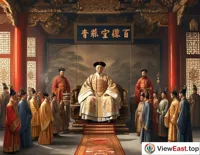
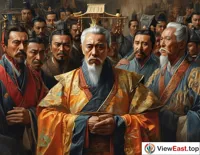
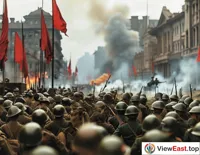
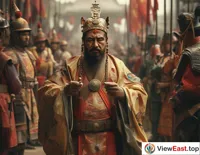
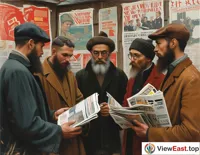
In the long river of Chinese history, the decline of the Qing Dynasty and the rise of the Republic of China form an epic period of great upheaval. During this time, Chinese society underwent an unprecedented transformation, moving from a feudal monarchy to a democratic republic, and from a closed country to an open and inclusive one.
I. The Last Days of the Qing Dynasty
The final years of the Qing Dynasty were a time of turmoil and unrest. The ascension of the last emperor, Puyi, heralded the end of an era. In 1908, Puyi, only three years old, was placed on the throne, but with the outbreak of the Xinhai Revolution in 1911, the rule of the Qing Dynasty was completely overthrown. Puyi was forced to abdicate, marking the end of China's feudal monarchy.
II. The Establishment of the Republic of China
In 1912, with the demise of the Qing Dynasty, the Republic of China was officially established, and Sun Yat-sen became the provisional president. The establishment of the Republic was an important turning point in Chinese history. It not only ended the feudal monarchic system that had lasted for over two thousand years but also paved the way for China's modernization. However, the early years of the Republic were not smooth sailing, with warlordism and political turmoil being the notable characteristics of this period.
III. Important Figures and Events
Puyi: As the last emperor of the Qing Dynasty, Puyi's life was filled with drama. From the emperor of the Forbidden City to being expelled from the palace, and then becoming the puppet emperor of Manchukuo, Puyi's fate was closely linked with that of China.
Sun Yat-sen: Known as the "Father of the Nation," Sun Yat-sen was a forerunner of China's democratic revolution. The "Three Principles of the People" he proposed provided a theoretical foundation for China's modernization.
Yuan Shikai: After the fall of the Qing Dynasty, Yuan Shikai became an important political figure in the Republic. He attempted to restore the monarchy for a time, but ultimately failed.
IV. Cultural Conflict and Integration
During this period, Chinese culture also experienced a tremendous impact and transformation. Western thoughts and cultures began to flood into China, colliding and integrating with traditional culture. On one hand, the traditional Confucian thought was challenged; on the other hand, new cultural movements, such as the New Culture Movement, began to rise, injecting new vitality into China's cultural development.